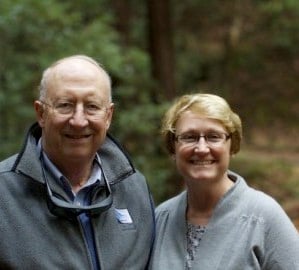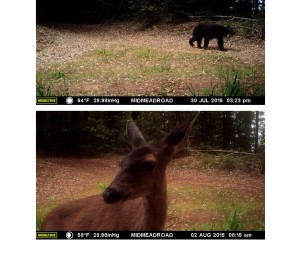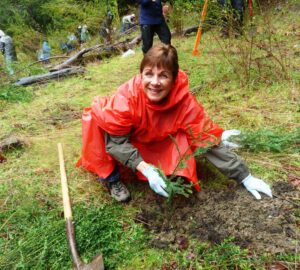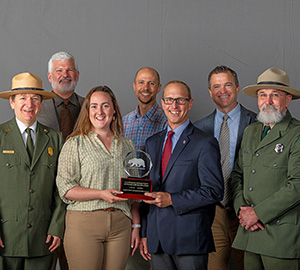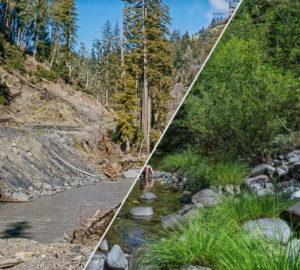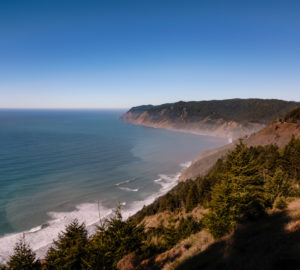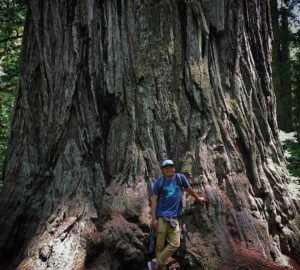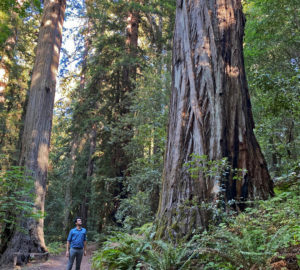But physics aren’t Woollam’s sole passion; he is an ardent conservationist with a far-ranging ambit. He has supported large preservation and restoration projects in the Caribbean, and worked with numerous different land trusts in the Midwest.
Woollam also is deeply committed to the preservation of the redwood forest, as evidenced by his generous donations to Save the Redwood League. In 2013 and 2014, his foundation made major matching contributions to the conservation of the Peters Creek Old-Growth Forest and Boulder Creek Forest in the southern San Francisco Peninsula. Woollam notes his interest in California’s most iconic trees was sparked by multiple visits to the West Coast starting in the 1970s.
“I decided to drive the coast from Southern California all the way up to Northern Washington,” Woollam recalled, “and when I got to the Avenue of the Giants, I was stunned. I still remember standing under one of those giant redwoods, just marveling at its size, and the sense of tranquility, the silence all around me. It was solitude without loneliness, and it was wonderful, heart-warming. I travel back to California as often as I can, in large part just to repeat that experience, just to walk through the redwoods.”
Woollam has been involved with many conservation initiatives, and observes that strategies must vary depending on goals and available resources. But some wild systems, he said, are so spectacular and so vulnerable that the basic game plan can be simple: Protect and restore as much as you can whenever you can. The redwood forest, he said, is in this category.
“Sometimes you don’t want to expand an area that already has a good core preserve,” he said. “At that point, you can often identify other areas where your time and money would be better spent. But I don’t think that’s the case with the redwood forest. We need to ramp up our conservation efforts aggressively. In particular, we have the opportunity to buy or establish conservation easements on very large tracts of harvested redwood lands. Over time and with careful management, we can establish redwood forests with significant old-growth characteristics on these tracts. And as the forests mature, we’re gaining added benefit from stabilized watersheds and enhanced fisheries and wildlife habitat.”
